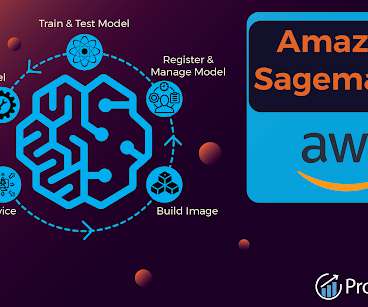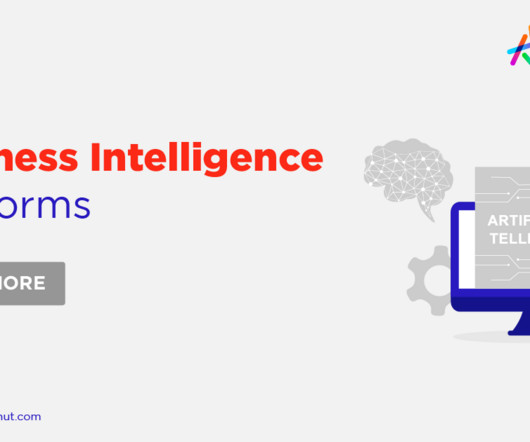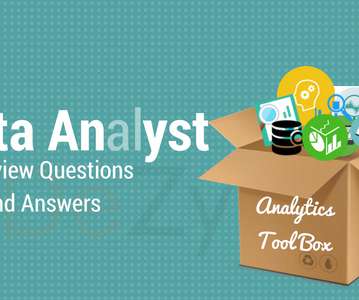Top Data Cleaning Techniques & Best Practices for 2024
Knowledge Hut
JANUARY 25, 2024
What is Data Cleaning? Data cleaning, also known as data cleansing, is the essential process of identifying and rectifying errors, inaccuracies, inconsistencies, and imperfections in a dataset. It involves removing or correcting incorrect, corrupted, improperly formatted, duplicate, or incomplete data.












Let's personalize your content